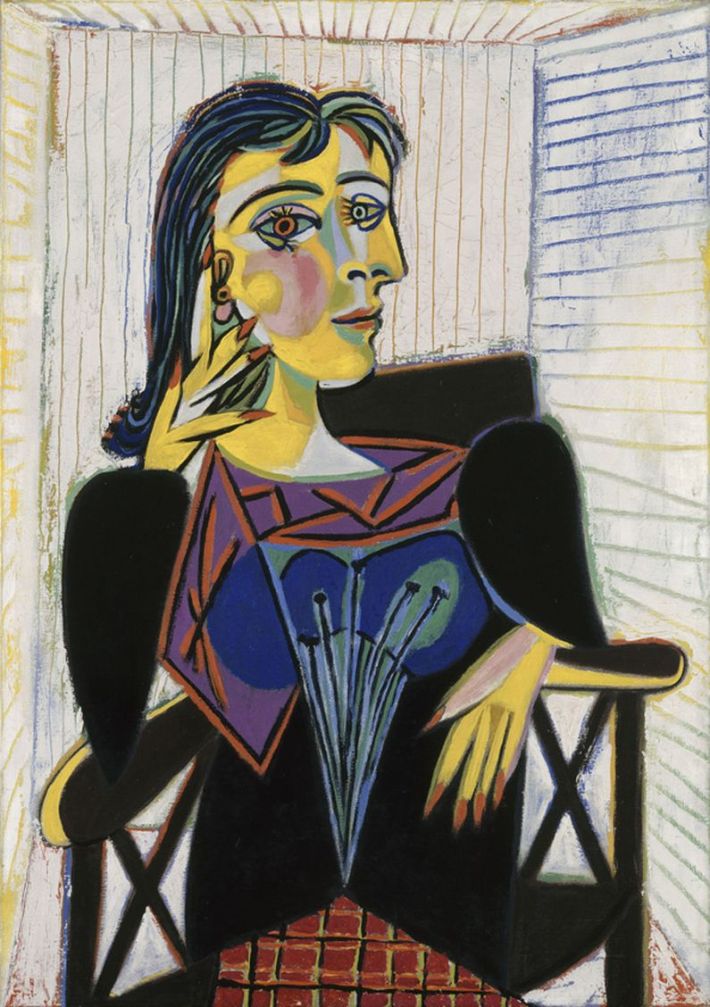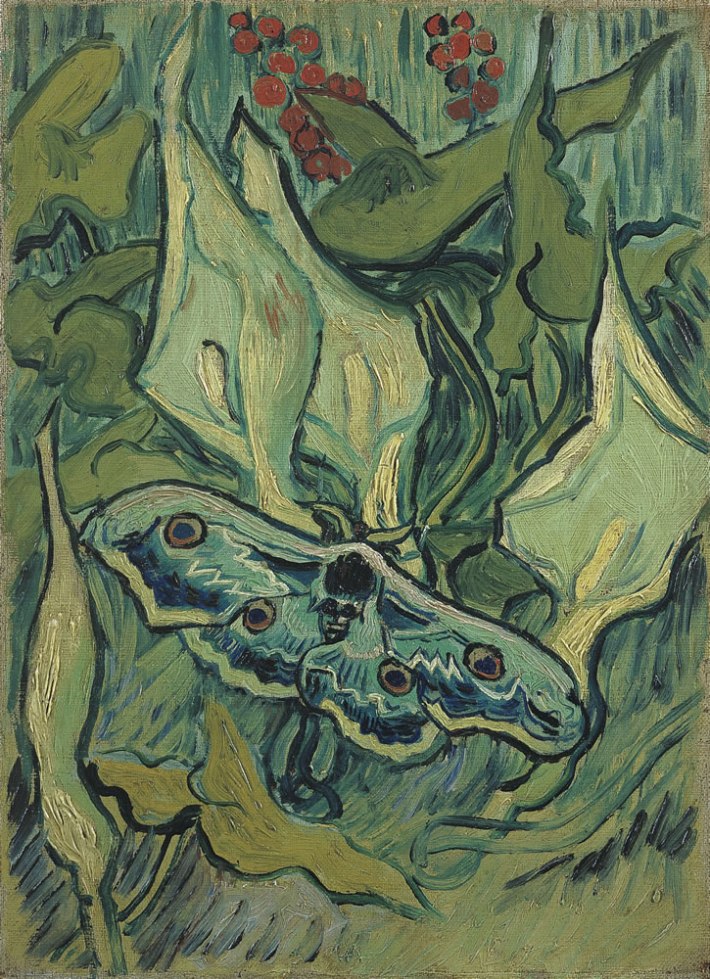Armand Ali is a Grade 12 Co-Op student from Ajax High School who has been working with our curatorial team this winter. We were looking for a new work from our collection to hang in our elevator lobby space, and asked Armand to select one from the vault. He chose Arnaud Maggs’ Werner’s Nomenclature of Colours, 2005, due to his interest in colour theory and patterns.
Born in Montreal, Maggs trained as a graphic designer and worked as a commercial photographer in the 1960s. At the age of 47, he became a visual artist concentrating on photography and conceptualism. Maggs’ work often references historical documents and his interest in systems of classification.
This work is 2 of 13 plates referencing an 1821 book, Werner’s Nomenclature of Colours, used by Charles Darwin to observe, identify and catalogue nature in South America. The charts, organized according to colour terms, reflect a colonial view of the world.

Armand Ali during his Co-Op placement
My name is Armand Ali, and I am a grade 12 student attending Ajax High School. I chose to do my Co-Op placement at the RMG because I wanted to work somewhere that was relevant to my interests. I am a young artist seeking to learn more about art, and the art world in general. Working at the gallery has given me insight to the day to day operations of an art gallery. Some of the things that I have had an opportunity to work on are: assisting with exhibition design and installation, database work, event setup, social media organization, along with assisting with merchandise management in the gift shop.
I have learnt many useful skills at the gallery, for example how a collections management database works, how to navigate through the vault, as well as how to install artwork. I’ve had the opportunity to do research on various artists, which gave me the chance to learn about contemporary and historical Canadian artists.
Most recently, the curatorial staff asked me to choose an artwork to put on display outside of the elevators. I chose two works by Arnaud Maggs. This was a thrilling experience for me because they gave me freedom to choose whatever I wanted, and I was in charge of not only the selection but preparing the space, and installing it myself. While doing research on Arnaud Maggs, I learnt some pretty interesting information about his work and his life.
It has been I wonderful experience working at the RMG. I have learnt a lot and the people here are very kind and enjoyable to work with.



